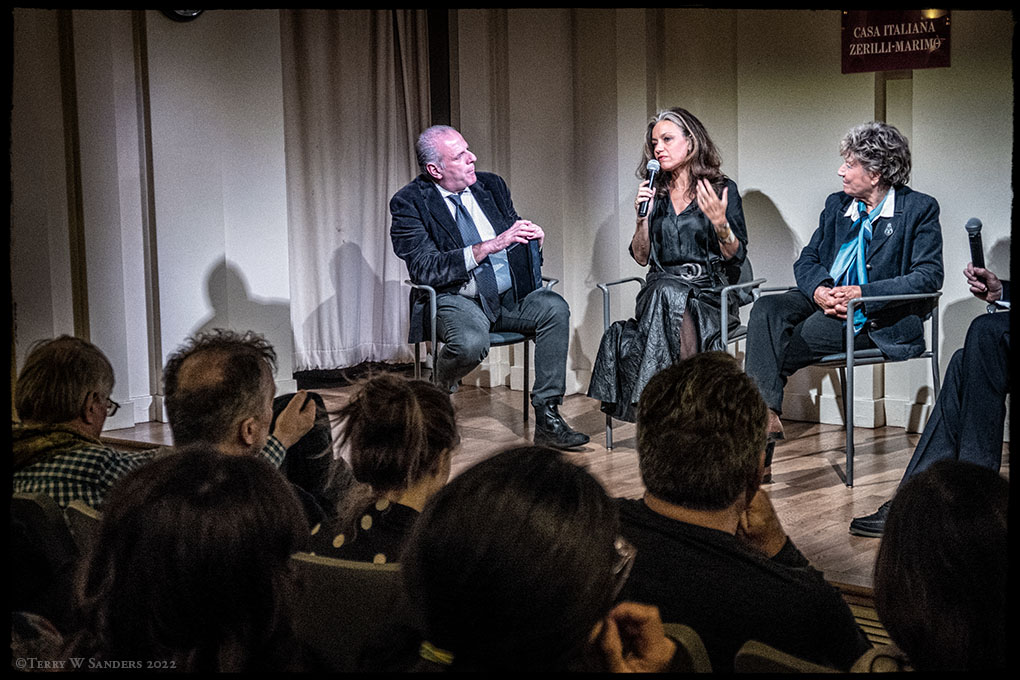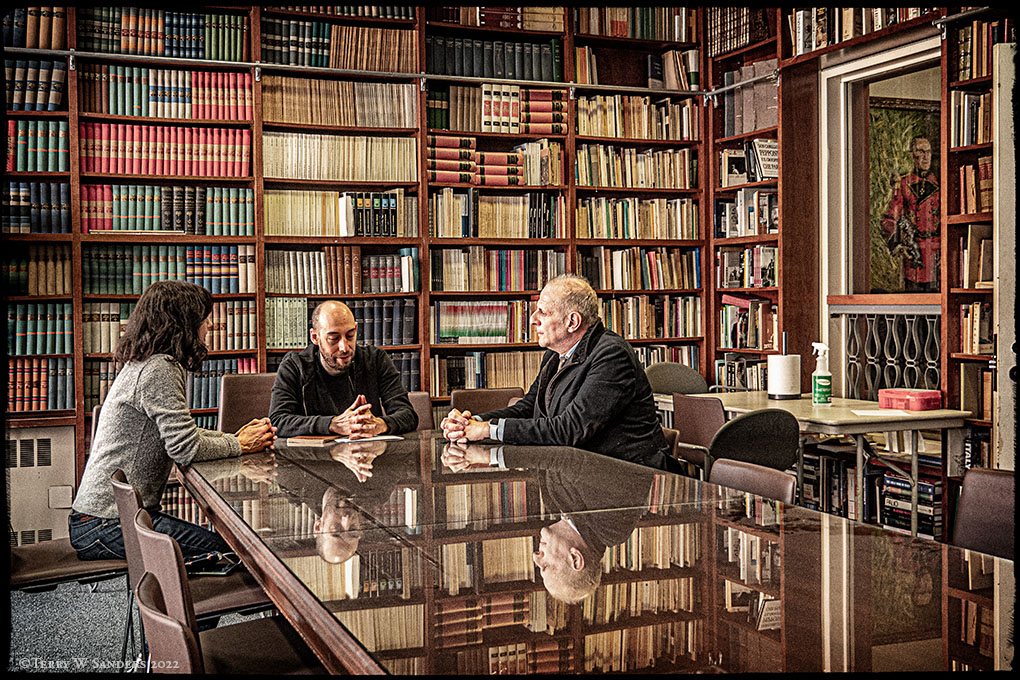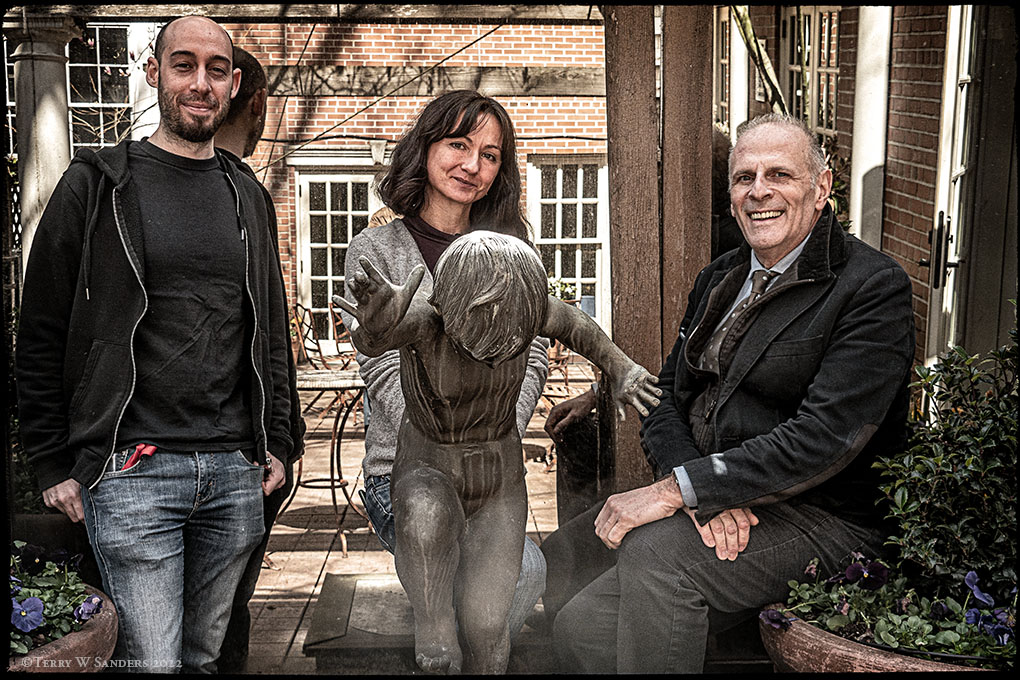Stefano Albertini says he wants to “depersonalize” the NYU Casa Italiana Zerilli-Marimò, separating it from himself, but many people continue to associate it with his name. These things happen when you are the president of an organization for almost 25 years, starting in 1998.
Founded in 1990 by Baroness Mariuccia Zerilli-Marimò, the house started and developed with the clear goal of promoting Italian culture, offering a program of events related to Italian studies including language, literature, film, music, theater, visual arts, politics, economics and lifestyle. The mission is clear: creating a community that is able to engage anyone who is interested in Italian culture.
Albertini, who was born in Bozzolo (Mantova) and majored in literature at the University of Parma, before receiving a Ph.D. from Stanford, was able to reach this goal with his events. The Casa has been, for a long time, a meeting place for anyone interested in finding new friends and sharing similar interests. A safe haven in a city, New York, that tends to make you feel lonely.

Then, the pandemic hit. Since 2020 the many gatherings that used to be in person, filling the hallways and the theater of the Casa, moved online. Lectures, readings, debates: technology became a wall too high for the virus to get through and the use of video-conferences became the norm. Still today, while Manhattan starts to bloom once again with the beginning of spring, the Casa is forced to plan its meetings online, as it remains closed to anyone outside of NYU.
Lying between its walls, as lonely as could be, is the exhibition “High-rise in New York”, that commemorates the 20th anniversary of the attack on the twin towers with Fulvio Roiter’s snapshots. Seeing New York as it was before September 11th, 2001 is always quite impactful. Thirty five color photos, taken between 1984 and 1998, remind us of the way the city looked in the past, with its all too recognizable skyline that is no longer the same. The exhibition, however, isn’t just a nostalgic hint: it wishes to remind us, as the pandemic starts to fade away, of the ability of the Big Apple and its residents to find life after death and light after darkness.

This is the spirit with which Albertini, with his close-knit team of colleagues and some of NYU’s Italian studies students who compete every year for an internship at La Casa, look at the future. “We have a strong desire to see our people again. The new translation of Manzoni’s The Betrothed (I Promessi Sposi) is set to come out next year. The book is not very well-known in the United States and it is, therefore, often missing from University curriculums, contrary to Dante and Machiavelli’s works (of which Albertini is an expert). We will also present the exhibition of a contemporary American photographer who was inspired by Manzoni to go and capture the pandemic in the areas described in the novel. Then, we will be involved in the production of one of Roberto Scarcella’s pieces of work, an adaptation of Ariosto’s Orlando Furioso, and we will host an important conference on the Divina Commedia, after having brought some of the most established Dante scholars to New York for 10 years.”

The main goal, as a matter of fact, is to recreate the relationship with the community that the Casa fought to build for thirty years. “Before COVID”, said Albertini, “there were people who came to visit us every day, for the simple pleasure of being together and meeting someone to chat with.”
Even during lockdown, the most difficult time of the pandemic, remote events helped many people break the monotony of everyday life and escape the grip of loneliness. Now, it is time to return to in-person meetings, where you can breathe in the air of a house that exudes culture, and sit in the sunshine of the inner courtyard, while the Baroness’ portrait watches from above the fruit of her vision.
At 24 West 12th St, Italy unveils her entire story, even the most hidden and peculiar aspects of it that many Italians don’t know about.

Albertini mentioned an event, organized a couple of years ago, featuring the Arbëreshë community, a group of Albanians who moved to several southern Italian cities starting in the Middle Ages. They kept their language, a very elegant form of Albanian, their culture and their religion, while fully integrating in Italian society. They can claim several illustrious personalities, some of whom even reached the Constitutional Court.
“Telling their story, we wanted to show Americans that Italy isn’t homogeneous or monolithic, but a multi-faceted country. Our goal is to allow people to discover the diversity of Italian culture”; an aspect of the country that nobody ever speaks of, one that Pier Paolo Pasolini described as “an anthropological miracle” and that was able to be rediscovered because of the Casa’s hard work.
Albertini is hopeful: this is the right moment to start over, from the ashes of a two-year period that deeply changed New York and with it, the life of its inhabitants. “It was frustrating, but we will start again”. New York University will, once again, fill up with Italophiles, who will feel at home again in those hallways that have been empty for way too long.
Translation by Emma Pistarino











